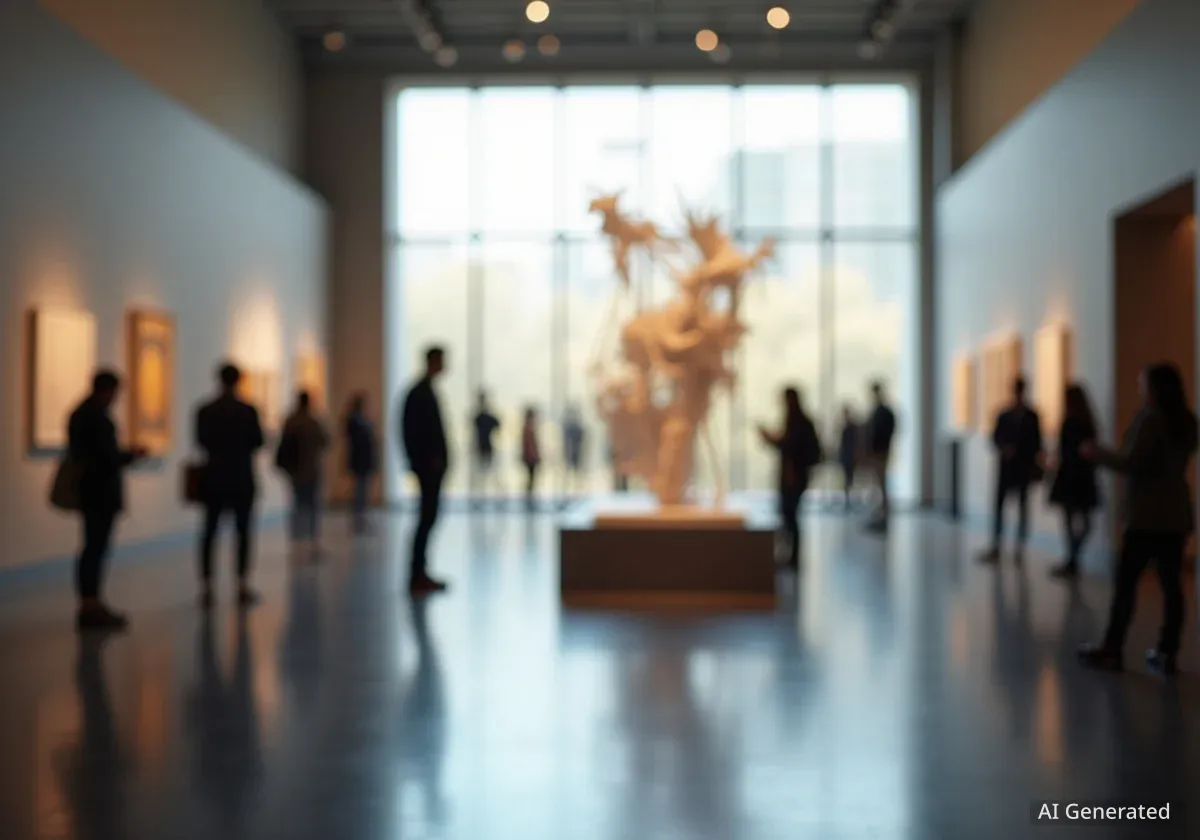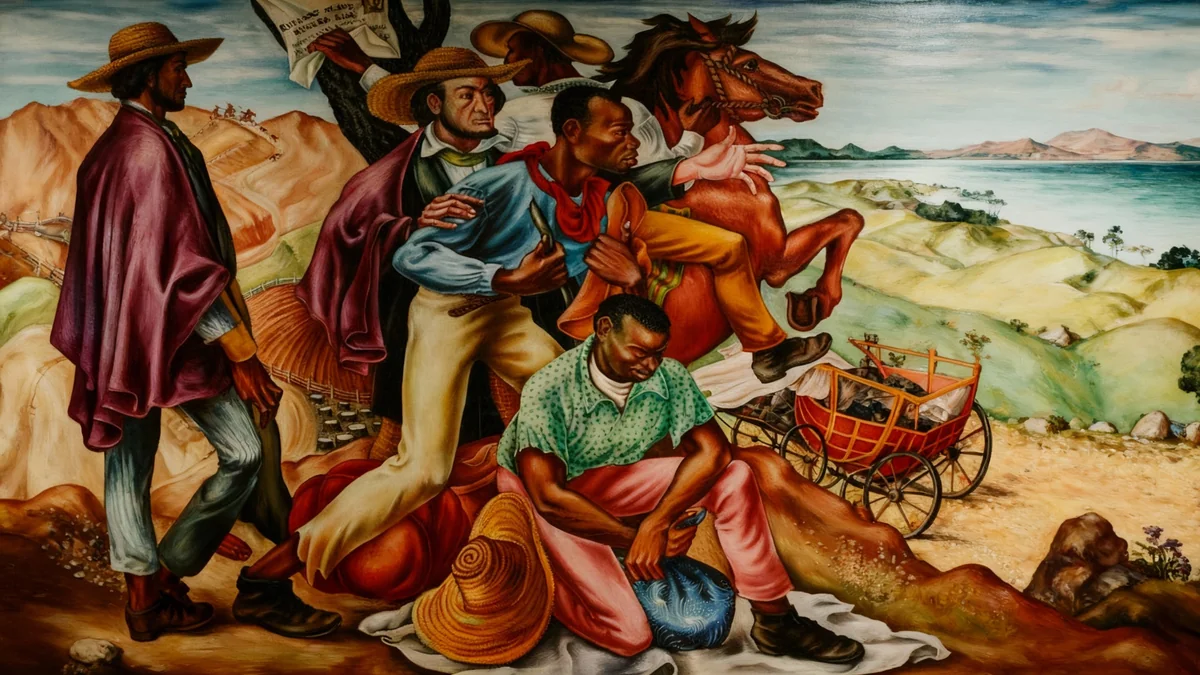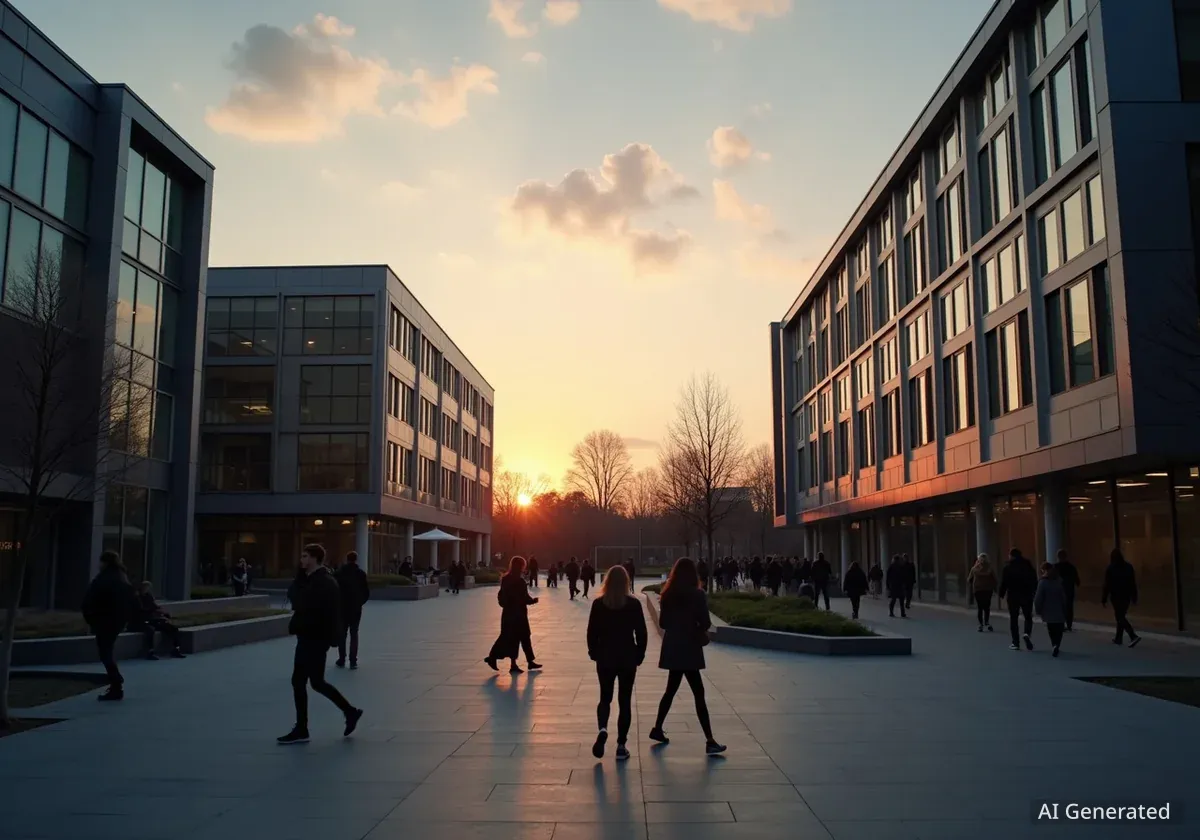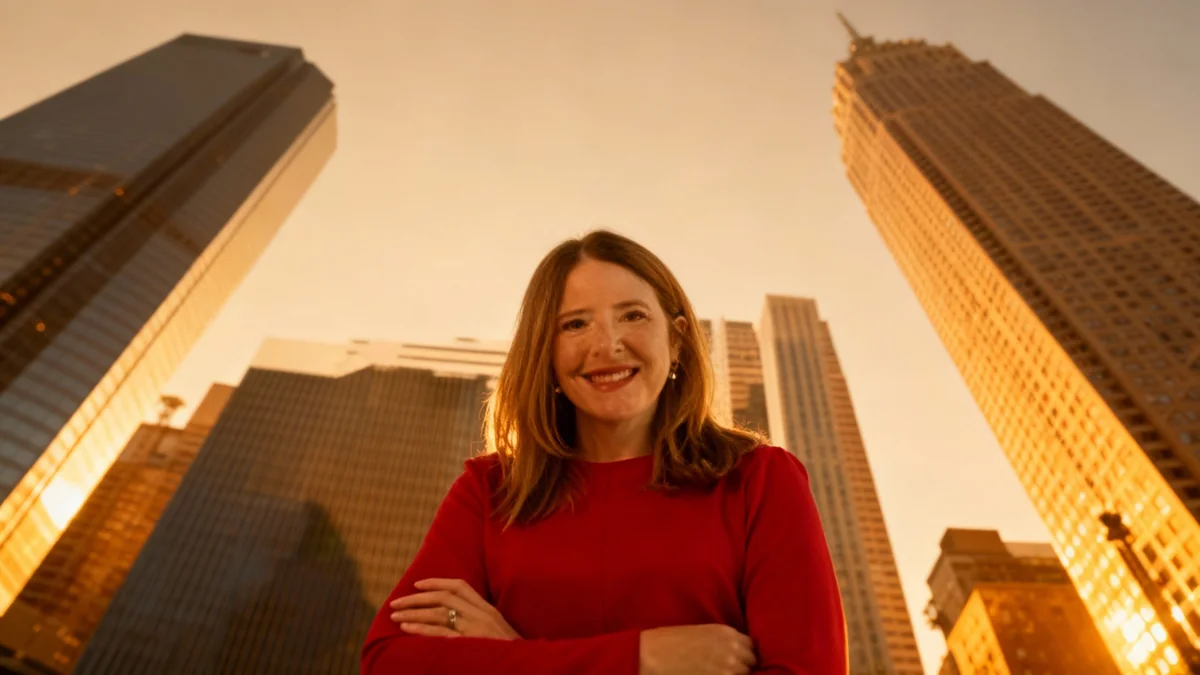The Birmingham Civil Rights Institute (BCRI) is developing a multi-million-dollar plan to modernize its facilities and exhibits, aiming to reclaim its status as a premier historical attraction and anchor a revitalized Civil Rights District. Board Chair Rosilyn Houston is leading the effort to update the 33-year-old museum for a new generation of visitors.
Despite its challenges, a 2024 analysis confirmed the institute's significant economic contribution to the area, generating $21 million in overall impact from nearly 52,000 visitors who spent millions on local hotels and restaurants.
Key Takeaways
- The Birmingham Civil Rights Institute is planning a major capital campaign to fund comprehensive modernization efforts.
- The plan includes updating analog exhibits with digital and augmented reality technology to better engage modern audiences.
- A potential expansion involves acquiring the historic Greyhound Bus Terminal for additional exhibit and event space.
- In 2024, the institute generated a $21 million economic impact, with 85% of its 52,000 visitors coming from outside the region.
- Leadership is focused on rebuilding community and corporate partnerships to ensure long-term financial sustainability.
A Crossroads for a Historic Institution
The Birmingham Civil Rights Institute, a guardian of the city's pivotal role in American history for over three decades, is at a critical juncture. Leaders acknowledge that its infrastructure and analog exhibits are outdated and in need of a significant overhaul to connect with contemporary visitors. The museum has also faced operational challenges, including recent staff reductions and lingering financial strains.
The success of the institute is viewed as essential for the broader economic renewal of Birmingham's historic Civil Rights District. Efforts to restore historic buildings and attract new businesses, hotels, and residential developments in the area depend heavily on the BCRI serving as a vibrant centerpiece.
The Heart of the Civil Rights District
The BCRI is located in a district that includes historically significant sites like the 16th Street Baptist Church and Kelly Ingram Park. The revitalization of the institute is not just about preserving a museum but about energizing an entire neighborhood that holds deep historical meaning for the nation and the world.
Board Chair Rosilyn Houston, a respected former banking executive, has described the initiative as a complete "reimagining" of the institute. The goal is to transform the BCRI from a static repository of history into a dynamic, engaging educational hub.
"It has been and should be the gateway to the district," Houston stated, emphasizing the institute's central role in the area's future.
Economic Impact and Current Challenges
Despite its need for modernization, the BCRI remains a significant economic driver for Birmingham. A 2024 analysis revealed its substantial influence on the local economy. The report found that the institute sold nearly 52,000 tickets, with a remarkable 85% of those tickets purchased by individuals living outside the Birmingham area.
These visitors contributed directly to the local economy. According to the analysis, they spent an estimated $6 million on hotels and nearly $4 million in area restaurants. The total economic impact of the institute was calculated to be $21 million for the year.
By the Numbers: BCRI's 2024 Economic Footprint
- Total Economic Impact: $21 million
- Tickets Sold: Nearly 52,000
- Out-of-Region Visitors: 85%
- Visitor Spending on Hotels: $6 million
- Visitor Spending on Restaurants: Nearly $4 million
However, the institute faces considerable financial headwinds. The city's annual contribution of $1 million is reportedly just enough to cover basic operational costs. Fundraising efforts have been strained for years, particularly after a controversial 2018 decision regarding an award for activist Angela Davis, which damaged key relationships with corporate and community funders.
A Multi-Million-Dollar Vision for the Future
To address these challenges, the BCRI board has been quietly developing a large-scale capital campaign for approximately a year. A central component of this strategic plan may include the acquisition of the nearby historic Greyhound Bus Terminal.
The 27,500-square-foot terminal, recently restored by local developer Mike Mouron, offers a prime opportunity for expansion. The institute envisions using the space for several purposes:
- New Exhibits: Creating modern, interactive displays to tell more stories from the civil and human rights movement.
- Educational Programming: Hosting corporate and academic training sessions focused on lessons from history.
- Event Venue: Offering a rentable space for community groups and private organizations, creating a new revenue stream.
Ensuring Long-Term Sustainability
Before moving forward, the board is conducting thorough due diligence. Houston confirmed that an exhaustive economic analysis was commissioned to understand the full annual cost of operating the Greyhound property. This includes everything from utilities and maintenance to staffing and security.
Houston stressed the importance of fiscal responsibility in this process. "We’re just looking at sustainability," she said. "The whole focus is on making sure we don’t create a situation where we become extinct because we’ve bitten off more than we can chew.”
This careful planning reflects a new operational philosophy forged over the past year as the board worked to mend fractured relationships with donors and community stakeholders. "Collaboration has been our biggest win," Houston noted, explaining that partnerships have been crucial during a period of lean operations.
Learning from Modern Museum Models
To guide its modernization efforts, BCRI leadership is looking at successful examples elsewhere. Recently, Houston and a small group traveled to Tulsa, Oklahoma, to visit two institutions dedicated to the history of Black Wall Street: the Greenwood Cultural Center, which opened in 1995, and Greenwood Rising, which opened in 2021.
The trip provided a clear contrast between older and newer museum designs.
"I wanted them to see the difference between the old model with the cultural center and what was done with Greenwood Rising," Houston explained. "It’s kind of the same mental concept of highlighting history, but with augmented realities to make it more engaging and more relevant to today’s visitors and students. Everybody got to see that and envision how it might look for us.”
This focus on interactive and immersive technology is at the heart of the BCRI's plan to update its own exhibits. The goal is to evolve, modernize, and create a powerful storytelling experience that solidifies its position as a must-visit destination.
"We’re trying to make sure that we don’t miss an opportunity for the civil rights district as a whole to evolve... and that we put our best foot forward to embrace the challenge of being the magnet for visitors we should be," Houston concluded.





